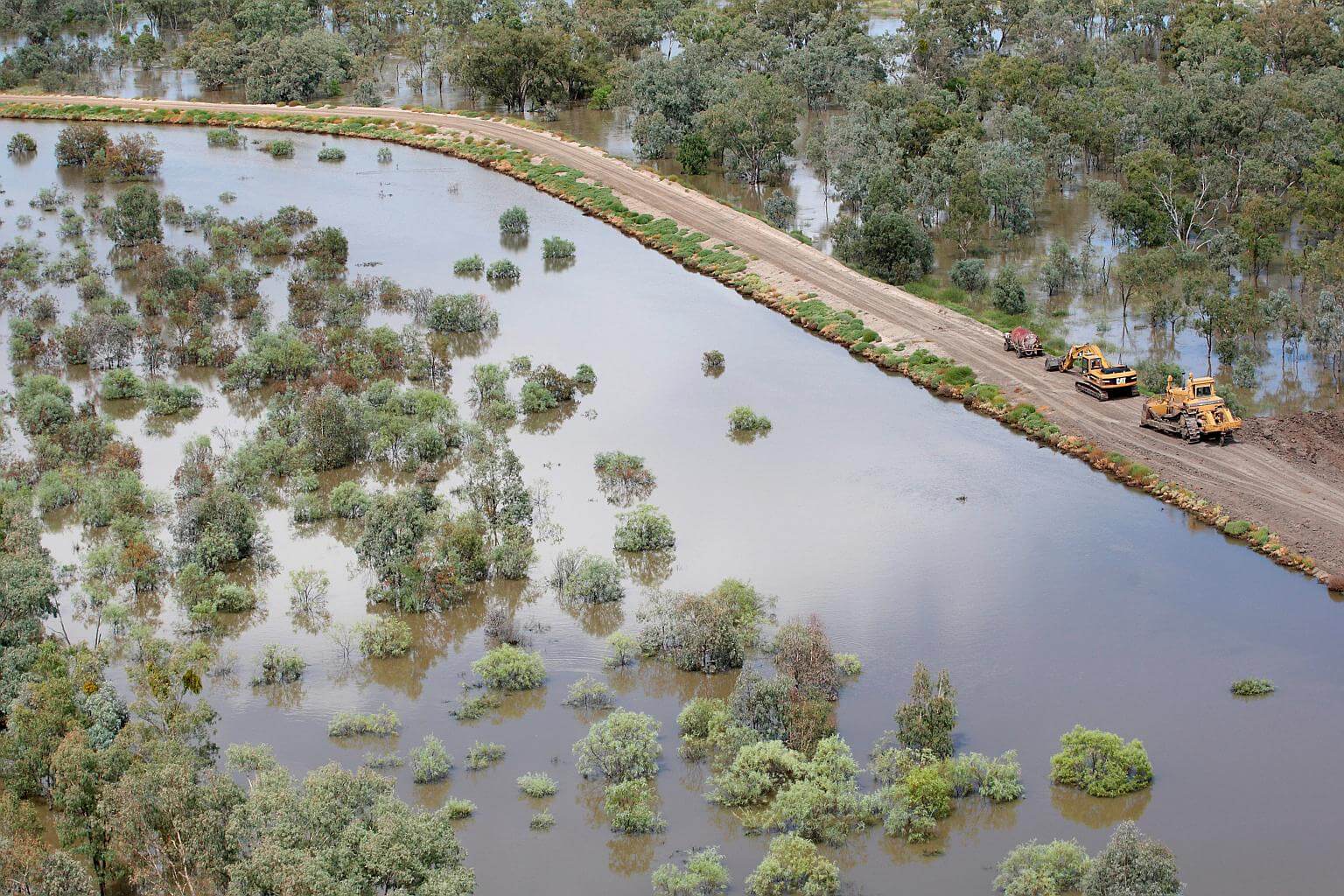La Nina likely to develop in the Pacific by December and last until February: Australia's Bureau of Meteorology
Sign up now: Get ST's newsletters delivered to your inbox

During La Nina years, eastern Australia tends to have wetter than usual summers, as equatorial trade winds strengthen, shifting rainfall westwards.
PHOTO: REUTERS
Follow topic:
SYDNEY (Bloomberg) - Australia moved one step closer to declaring La Nina, issuing an alert for the event as the Pacific Ocean continues to cool.
Sea temperatures in the tropical Pacific are just shy of La Nina thresholds and show a clear progression towards the pattern, the Australian Bureau of Meteorology said on its website on Tuesday (Nov 21).
Atmospheric indicators have shown signs of shifting into a La Nina-like state, it said. The bureau issued an alert, meaning an approximately 70 per cent chance of the event occurring.
La Ninas occur when the atmosphere above the equatorial Pacific reacts to cooling water temperatures and typically deliver colder winters across the northern US, drought in Brazil's soybean-growing areas and flooding rains across the coal-mining regions of Australia.
The US earlier this month said a weak La Nina formed in October and had a 64 per cent chance of lasting through March.
Australia's weather bureau said all international climate models reach La Nina thresholds in December, with most maintaining values until at least February.
Any event is likely to be weak and short-lived, it said.
During La Nina years, eastern Australia tends to have wetter than usual summers, as equatorial trade winds strengthen, shifting rainfall westwards.
Prices for agricultural commodities including corn, soybeans, wheat, cotton, sugar and coffee may rise and be volatile if La Nina arrives, BMI Research said last month.
Australia's cotton output may benefit as the rain that the event brings can fill dams for irrigators, according to Cotton Australia.
La Nina typically causes above-average rainfall in eastern Australia during late spring and summer. However, sea surface temperature patterns in the Indian Ocean and closer to Australia are not typical of La Nina, reducing the likelihood of widespread summer rain.
The pattern can also increase the likelihood of prolonged warm spells for southeast Australia.

